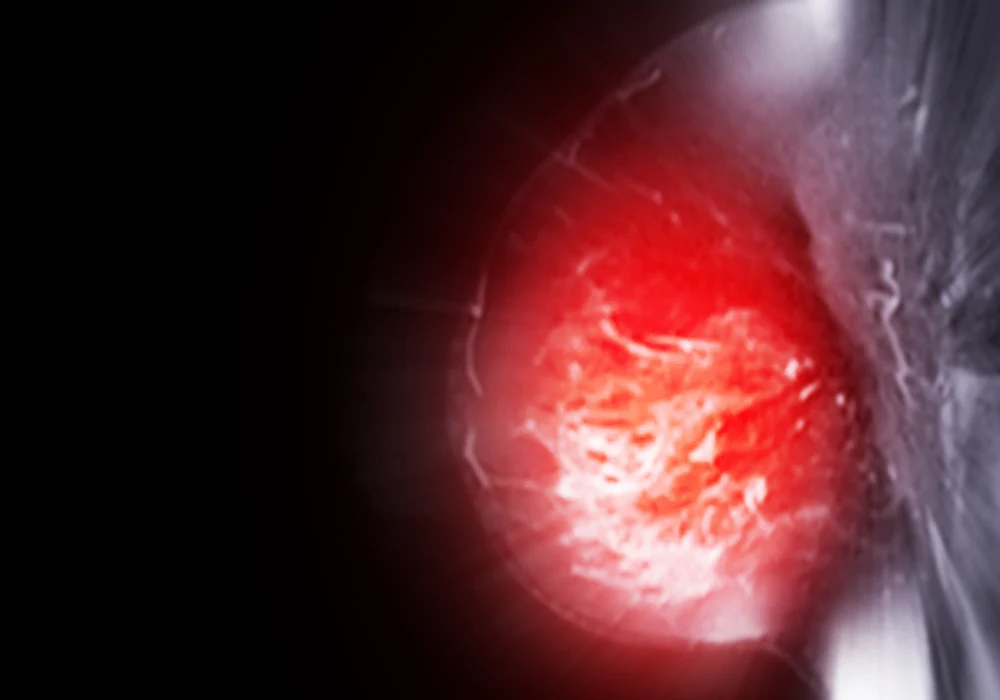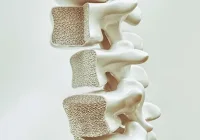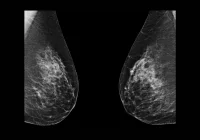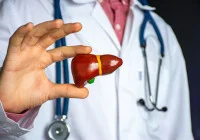Magnetic resonance imaging (MRI) remains the most sensitive tool for breast cancer detection, particularly in women with dense breast tissue. Its growing application spans screening high-risk populations, staging malignancies and assessing treatment response. However, long acquisition times and susceptibility to image artefacts have limited broader adoption. A recent study in Academic Radiology explored the application of a deep learning (DL) reconstruction method that integrates denoising and super-resolution techniques to enhance T1-weighted (T1w) and T2-weighted (T2w) breast MRI images while substantially reducing acquisition times.
Deep Learning Framework for Breast MRI
To evaluate the impact of DL in breast MRI, researchers enrolled 47 female patients with clinical indications for MRI. Imaging was conducted on a 1.5 Tesla system using both standard-resolution and low-resolution sequences reconstructed with DL. The DL method utilised two convolutional neural networks—Adaptive-CS-Net for compressed sensing and Precise-Image-Net for resolution upscaling. This approach aimed to preserve diagnostic accuracy while decreasing scan duration.
Must Read: Shortening Breast MRI Time Without Missing Cancer
T1w dynamic contrast-enhanced (DCE) and T2w turbo-spin-echo (TSE) sequences were collected in both standard and DL-enhanced formats. The acquisition time was significantly reduced—by 51% for T1DL and 46% for T2DL—without compromising spatial resolution after reconstruction. Image analysis covered artefacts, sharpness, lesion visibility and overall image quality, rated on a five-point Likert scale by two experienced radiologists.
Imaging Performance and Diagnostic Agreement
DL-reconstructed images consistently outperformed standard sequences in qualitative assessments. For T1DL and T2DL, image sharpness, lesion conspicuity and overall quality scored 4 or higher in all cases. Artefact suppression was also more effective in DL sequences. These results translated into statistically significant improvements across all categories for both T1w and T2w imaging.
Quantitative metrics supported these findings. Apparent signal-to-noise ratio (aSNR) and contrast-to-noise ratio (aCNR) were both significantly higher in DL images compared to standard ones. For example, aSNR increased from 21.61 to 25.94 in T1DL and from 27.88 to 32.35 in T2DL. Similarly, aCNR improved in both DL formats, demonstrating clearer tissue contrast critical for accurate diagnosis.
Importantly, the BI-RADS scoring system—a standard for evaluating breast imaging—showed excellent agreement between DL and standard sequences. Only a small percentage of scores differed between formats, and even then, the changes had no effect on clinical decisions, as they remained within the category of lesions requiring biopsy. Furthermore, there were no missed lesions or relevant additional findings in DL images, confirming their diagnostic reliability.
Clinical Implications and Considerations
The study highlights the potential of DL-based MRI reconstruction to transform clinical practice. By halving acquisition times while improving image quality, these methods can significantly increase patient throughput and comfort. The benefits are particularly relevant for populations currently underserved by standard MRI protocols, such as women with dense breast tissue or those in intermediate-risk categories.
Moreover, DL-enhanced imaging appears to overcome some of the limitations associated with other acceleration techniques like partial Fourier and parallel imaging, which often degrade signal quality. The super-resolution networks used here not only retain but enhance image clarity. This improvement opens possibilities for further optimisation, including integration with ultrafast MRI protocols that capture dynamic contrast patterns essential for lesion characterisation.
Despite its promise, the study also notes some limitations. The sample size was modest, and further research in larger cohorts is required to validate findings and refine protocols. Additionally, because the same contrast agent injection was used to compare standard and DL-enhanced sequences, a fully matched direct comparison was not possible across all dynamic phases. Lastly, widespread adoption may be constrained by the need for advanced computing infrastructure to support real-time DL processing during scans.
The study demonstrated that DL reconstruction significantly enhances breast MRI by reducing scan times and improving both qualitative and quantitative image quality. The results support the feasibility of incorporating DL methods into routine clinical protocols without sacrificing diagnostic accuracy. With an expanding access to breast MRI across health systems, DL technology presents a scalable, high-performance solution that may reshape imaging standards in breast cancer care.
Source: Academic Radiology
Image Credit: iStock










